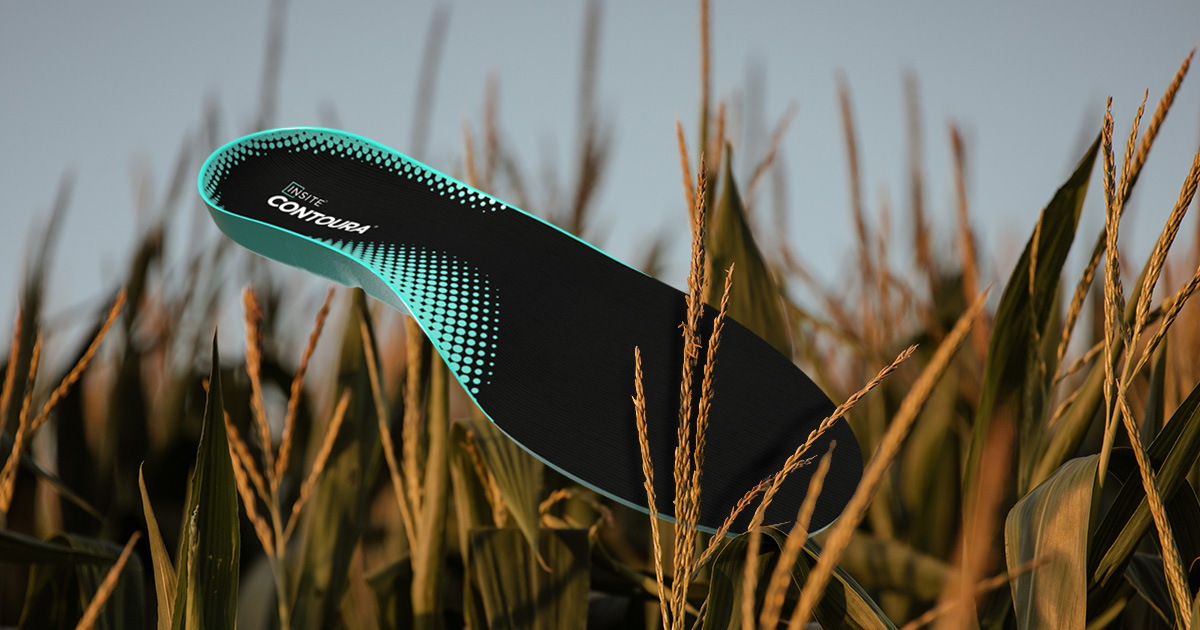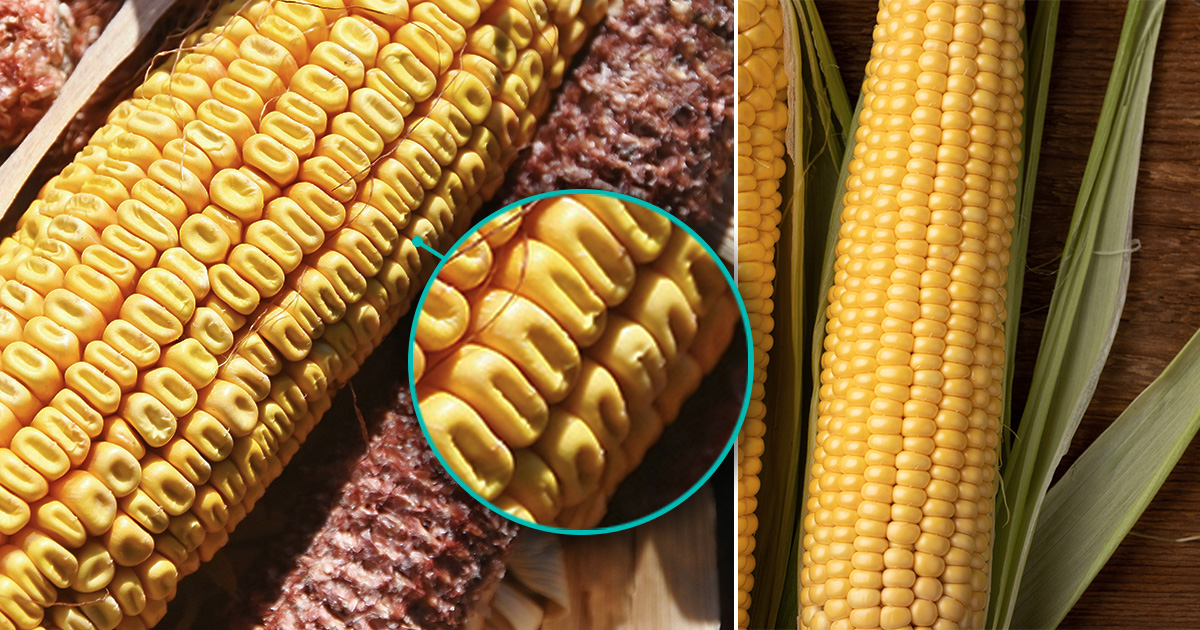Cushioned Shoe Insoles for Unintended Activity
When footwear is used for a purpose outside of its original intent, cushioned shoe insoles give customers the flexibility they need.

Ethical and sustainable sourcing sounds wonderful. It’s the perfect combination of responsibility and eco- consciousness that properly satisfies a market driven by being better stewards of the planet.
Most companies either have a sustainability focus or are working toward one, but in either case there are actually two scenarios consistently happening that are bringing companies’ feet to the fire:
This post is going to focus on that second point because it’s an important one. It’s easy to manufacture a product made with sustainable materials in a highly unsustainable way, and many companies do so while continuing their sustainability claims. It’s cheaper, faster, and requires no major overhaul to current equipment or processes.
But as consumer demands increase, it’s becoming clearer that the companies who can prove sustainability at the source and through to the finished product will win business while others fall behind.
Ethical and sustainable sourcing practices demonstrate that a company is willing to go the extra mile to truly make an environmental difference. However, even within this level of commitment there remains consumer misconception about what sustainably-sourced materials actually are.
For this post, we’re going to use corn as the example of an oft-misunderstood ingredient that is sourced for a multitude of consumer goods.
And here’s a key point we can’t stress enough – we are NOT talking about the bright yellow, plump and sweet corn you bite off the cob at your backyard bar-b-que.
We are talking about field corn, often called dent corn, and aptly named for its hard, dented kernels that give it a significantly less appetizing appearance than that butter-slathered corn on the cob.
Dent corn is grown and harvested specifically for purposes other than direct consumption. We all love our grilled corn on the cob, but corn is useful in so many other ways, and dent corn fills those needs without cutting into a legitimate food supply.
About 99% of land in the US is used to grow dent corn, while less than 1% is used for sweet corn. Out of the 38% of land available for agriculture in the world, only 2% is used for material crops like dent corn.
After harvesting, dent corn must be put through a mill and ground up into a coarse grain. In this form, a small percentage is used as an ingredient in tortilla chips, corn syrup, and other mass-produced food products but is primarily used as feed for livestock, as a source of renewable fuel like ethanol, and to be shipped around the world for use in plant-based biomaterials and consumer goods – like INSITE insoles.

Our insole foams are made with plant-based materials (like dent corn) sourced through regenerative farming practices.
What is regenerative farming? Also called regenerative agriculture, it essentially promotes soil health and coverage, which ultimately captures more carbon and water, reducing carbon emissions and water waste.
Regenerative practices accomplish these goals through the diversification of plant life to support pollinators and wildlife; keeping living roots in the soil to rain water, reduce runoff, and stabilize the soil; and involving animals in the farm to contribute valuable nutrients to the soil.
Some primary farming techniques of regenerative practices include:
At this point in this post, we want to give a big shout out to the farmers who have made the bold switch to regenerative farming. It’s no small feat – like any industry that switches to more sustainable practices, it requires a major shift from decades of the same behavior to something completely new. In addition to the financial investment, there is the education and training component, as well as behavior changes, and an acceptance of a potential short-term lower yield before the sustainable shift begins to pay off.
Recently, our team attended an event in Nebraska sponsored by our materials sourcing partner, Susterra. The event gave us hands-on insight into the experiences of farmers who have adopted regenerative farming practices – not just how it works, but the courage and foresight they exhibit by moving in this more sustainable direction.
For family farms that have been around for generations, switching to regenerative farming requires a leap of faith and a lot of support. Susterra’s supplying farmers participate in a program called Truterra, which was designed to not only help farmers get over the initial hump through access to meaningful resources and a support network, but to provide measurements and data to track the impact of regenerative farming..
So, by now you know that we use dent corn, which is grown specifically for uses other than as a food source, and we source it from farms that employ regenerative farming practices, which is making a positive contribution to the environment.
We want to make one more important point about regenerative farming and our materials sourcing practices, and it has to do with carbon emissions.
As we mentioned, one of the best things about regenerative agriculture is that it helps reduce carbon emissions by implementing farming practices that aim to keep carbon in the soil.
Truterra has tracked the outcome of regenerative practices at farms with which it has partnered, and to date has reported:
Our commitment to lowering carbon emissions starts with our Susterra partnership to enable ethical and sustainable sourcing, and continues with our manufacturing practices.
Using dent corn to make the bio-propanediol we need for our insole production has resulted in a 48% reduction in greenhouse gas emissions and a 46% reduction in non-renewable energy usage when compared to petrol-based BDO.
Additionally, by using solution-dyed textiles instead of a dye bath, our DuraDye™ textiles reduce water waste by 99% over traditional dyeing methods.
As we mentioned up top, consumers are savvy (we’re looking at you!)
And that’s a great thing, especially when it comes to assessing the legitimacy of a company’s sustainability claims. It’s still very easy to make talk about being sustainable without backing it up by real data, or being sustainable from cradle-to-gate.
Ultimately, it’s up to consumers how much to demand of companies, but we’re also seeing companies take it upon themselves to validate their sustainability efforts and tell a more compelling story. Our partnership with Susterra, a company truly dedicated to helping brands improve their sustainability practices, has led us down an environmentally-friendly path we’re proud of.
Whether you’re a footwear brand looking to partner with a sustainably-minded company for your insoles, or you’re a consumer evaluating the quality of the materials in your footwear, we’re happy to talk more about our commitment to true sustainability.
When footwear is used for a purpose outside of its original intent, cushioned shoe insoles give customers the flexibility they need.
Our proprietary shape algorithm used for the INSITE® Contoura® insole combines the science of custom orthotics with modern footwear design.
If you’re wondering, “Do I need arch support?” you’re not alone – the need for arch support, and what type, can be hard to determine. Here’s what you should know.